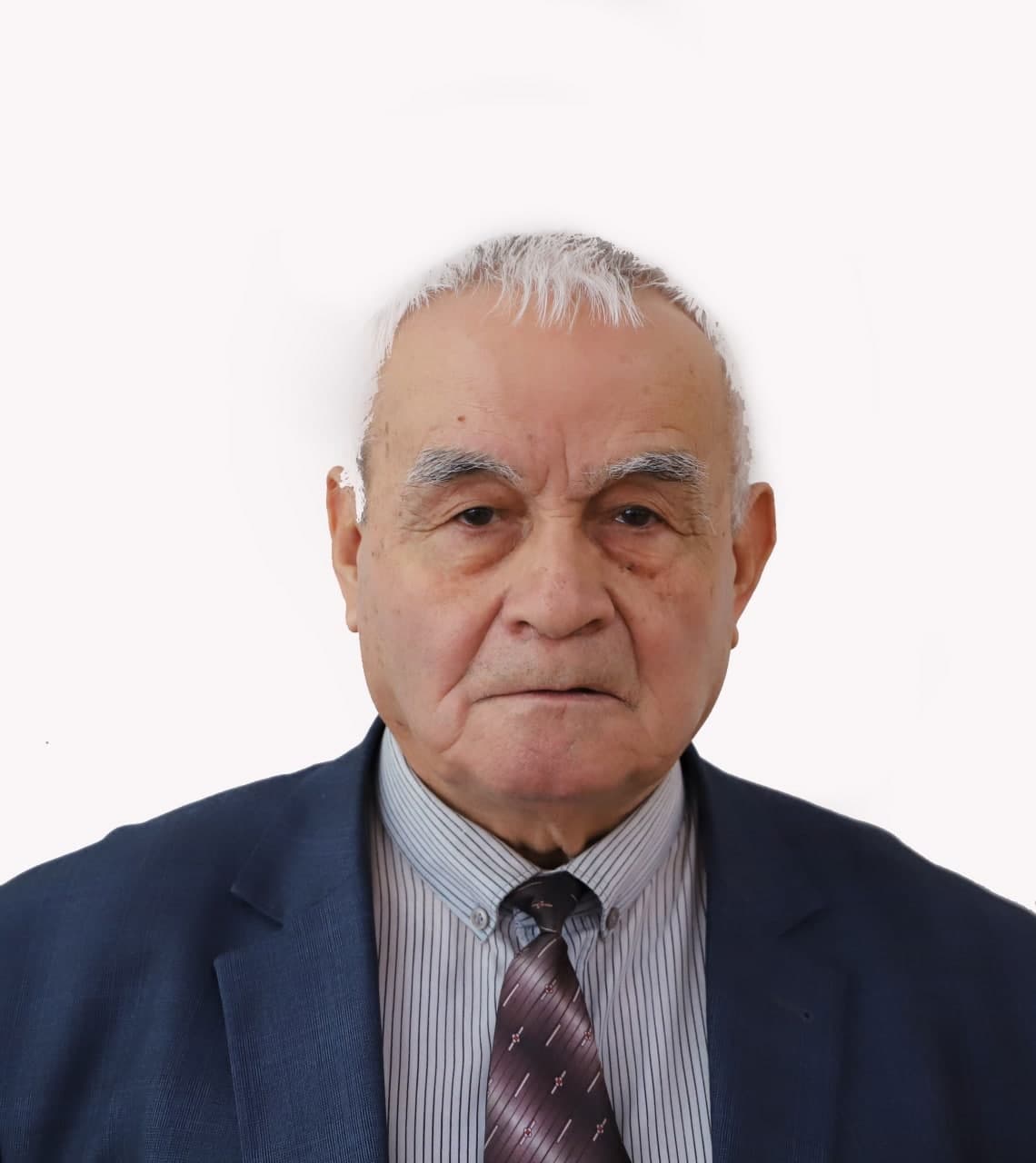Author: Xabibillayev, Nodirbek Nosirjon o‘g‘li
Annotation: This article analyzes the paradigmatic structure of phonological oppositions in the Uzbek phonological system within the framework of structural phonology. Phonological opposition is interpreted as a differential relationship between phonemes that determines the meaning-distinguishing mechanism of the language. The study is based on N. Trubetzkoy’s theoretical concept presented in “Grundzüge der Phonologie” (1939) and reveals how phonemes are systematized through differential features (±voiced, ±nasal, ±continuant). Using Uzbek language data, the study identifies and classifies complete, partial, phonetic, and phonological oppositions and models their paradigmatic relations through the voiced–voiceless consonant matrix. Neutralization is interpreted as a contextual weakening of phonological opposition. The results demonstrate that the Uzbek phonemic system forms a paradigmatic network based on differential features, where oppositions define semantic boundaries and ensure the structural stability of the language system.
Keywords: phonological opposition, phoneme, paradigm, differential feature, neutralization, Uzbek language, Trubetzkoy
Pages in journal: 296 - 301







